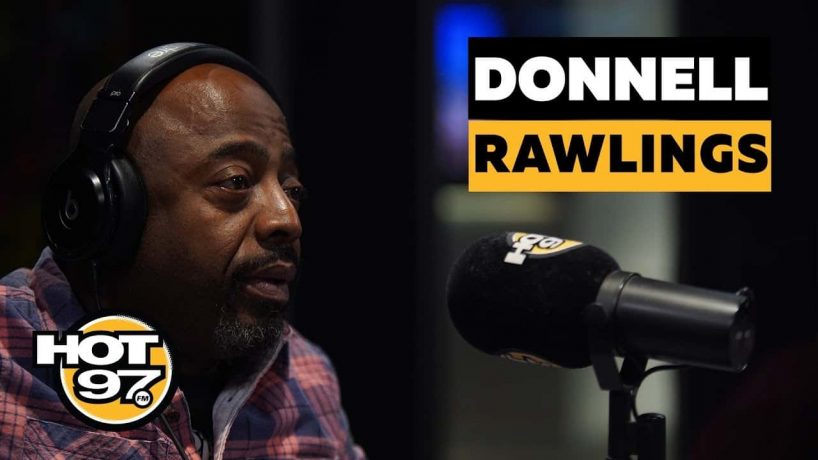
In its brief yet indelible run, Chappelle’s Show gave a striking nod to the irreverent, unapologetically Black sketch comedy of Keenan Ivory Wayans’ In Living Color (1990–1994) and Eddie Murphy’s game-changing run on Saturday Night Live (1980–1984). Citing an overwhelming fear that (White) people were laughing at his racially charged sketches for all the wrong reasons, Chappelle hightailed it to Africa to recharge. Not only did the show transform its laidback host into a comedy icon, but it also reintroduced the legendary likes of Paul Mooney to a younger audience, gave a platform to a who’s who of hip-hop innovators and headlining performers, made Charlie Murphy and Donnell Rawlings into legit stars, and introduced future stand-up rebel Bill Burr.Īfter signing a $50 million deal with Comedy Central and starting production on the third season, Chapelle decided in 2006 that he wanted no part of the juggernaut he’d created. Chappelle’s Show: Season One Uncensored now ranks as the bestselling TV-on-DVD title of all time, moving nearly 3 million copies.

Along with writing partner Neal Brennan and co-executive producer Michele Armour, Dave Chappelle unleashed a provocative, smart, and at times dangerous sketch comedy show that dissected stereotypes, slavery, reparations for Black Americans, politics, and gender wars - and that was all just in the first season.īy 2004, Chappelle’s Show had become one of the top-rated programs on cable in its time slot (and number one in the much coveted men ages 18 to 34 men demo), averaging 3.1 million viewers. When Chappelle’s Show premiered on Comedy Central on January 22, 2003, it didn’t just disrupt the predominantly vanilla basic cable television landscape-it became a pop culture phenomenon. Alf, my whole thing, was like, an alien comes 3 billion miles from space and gets a home with a White family… which all sounds corny now, but remember, I was 14, so it was like, wow.” But they all had race in them, one way or another. “I’d talk about stuff I saw on TV, like Alf.

“Jesse Jackson was running for president, so I used to do jokes about that,” he told NPR’s Fresh Air back in 2005, alluding to the Black civil rights icon’s second run for the White House.

The skinny minister’s kid was not yet ready to tackle adult-themed humor in 1987, but he wasn’t afraid to explore the dangerous minefield of race that would fuel much of the success of his genre-shifting series, Chappelle’s Show. By the time comedian Dave Chappelle was a 14-year-old prodigy turning heads in Washington, D.C.’s stand-up clubs, he was already building the foundation for what would become the most groundbreaking sketch show of the 21st century.


 0 kommentar(er)
0 kommentar(er)
